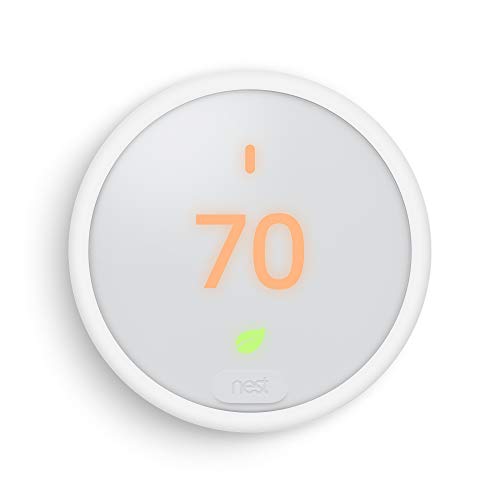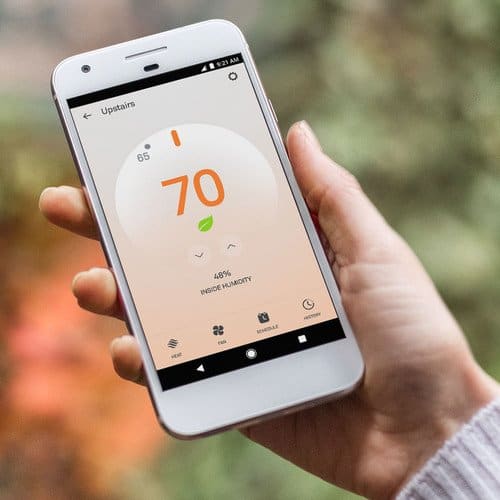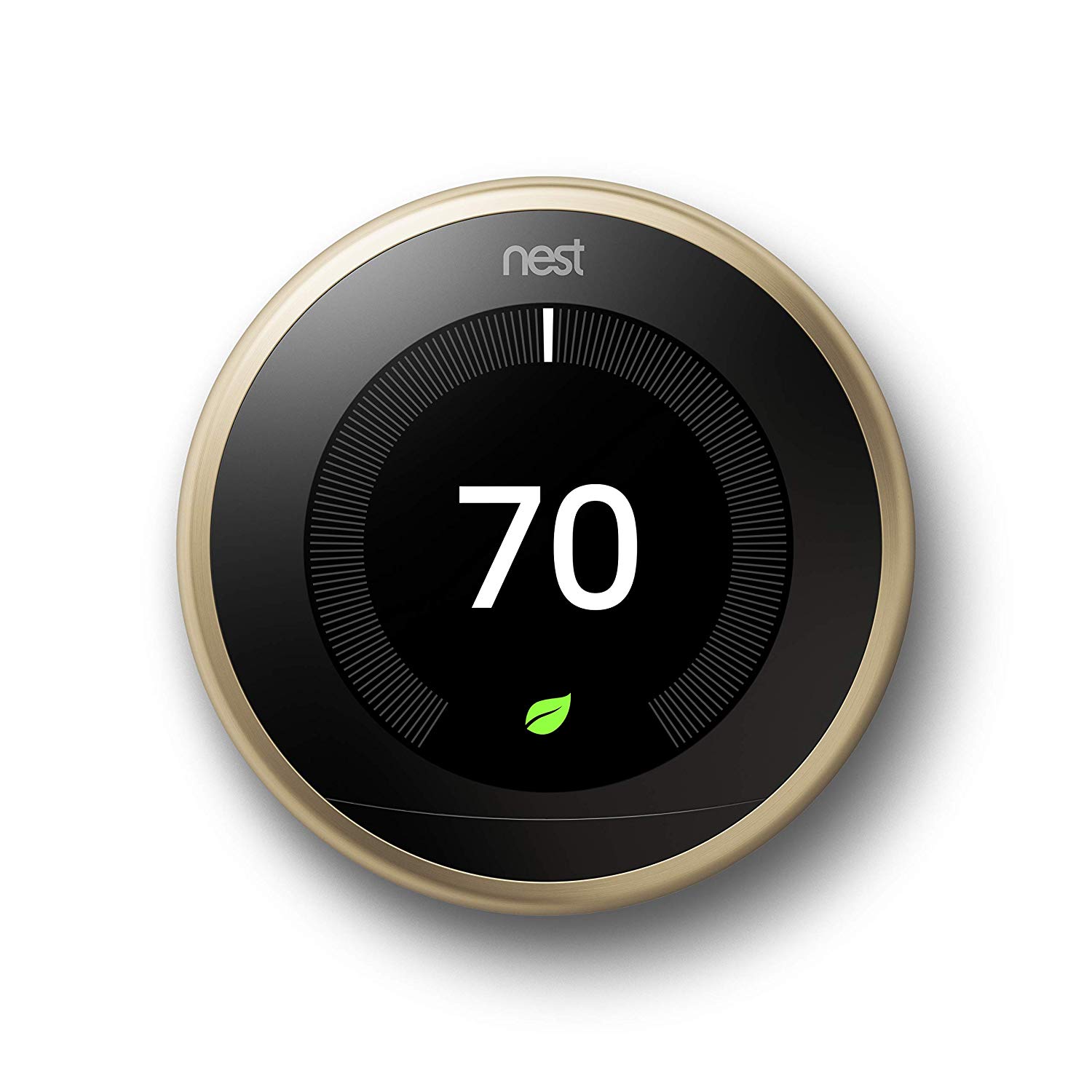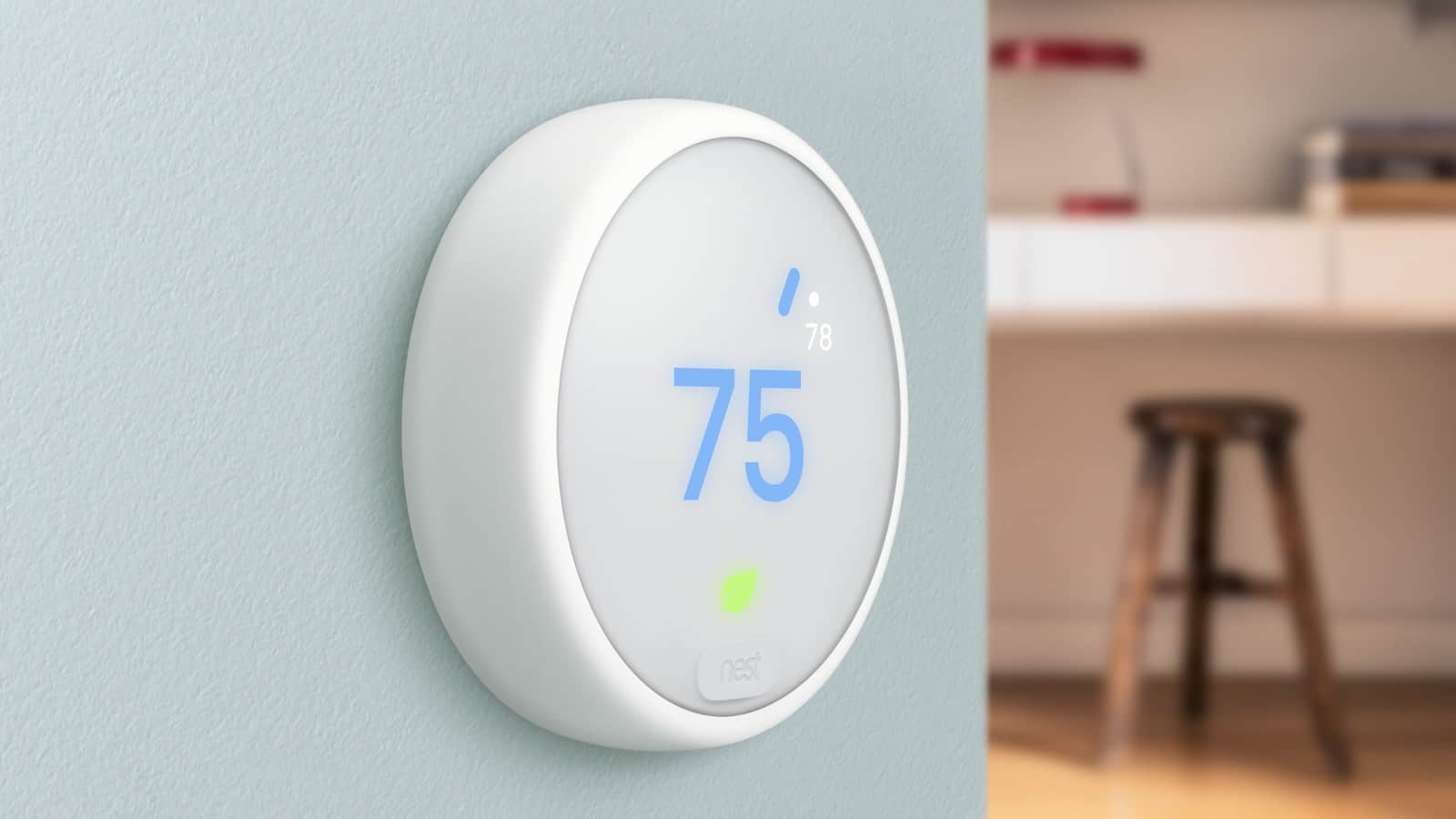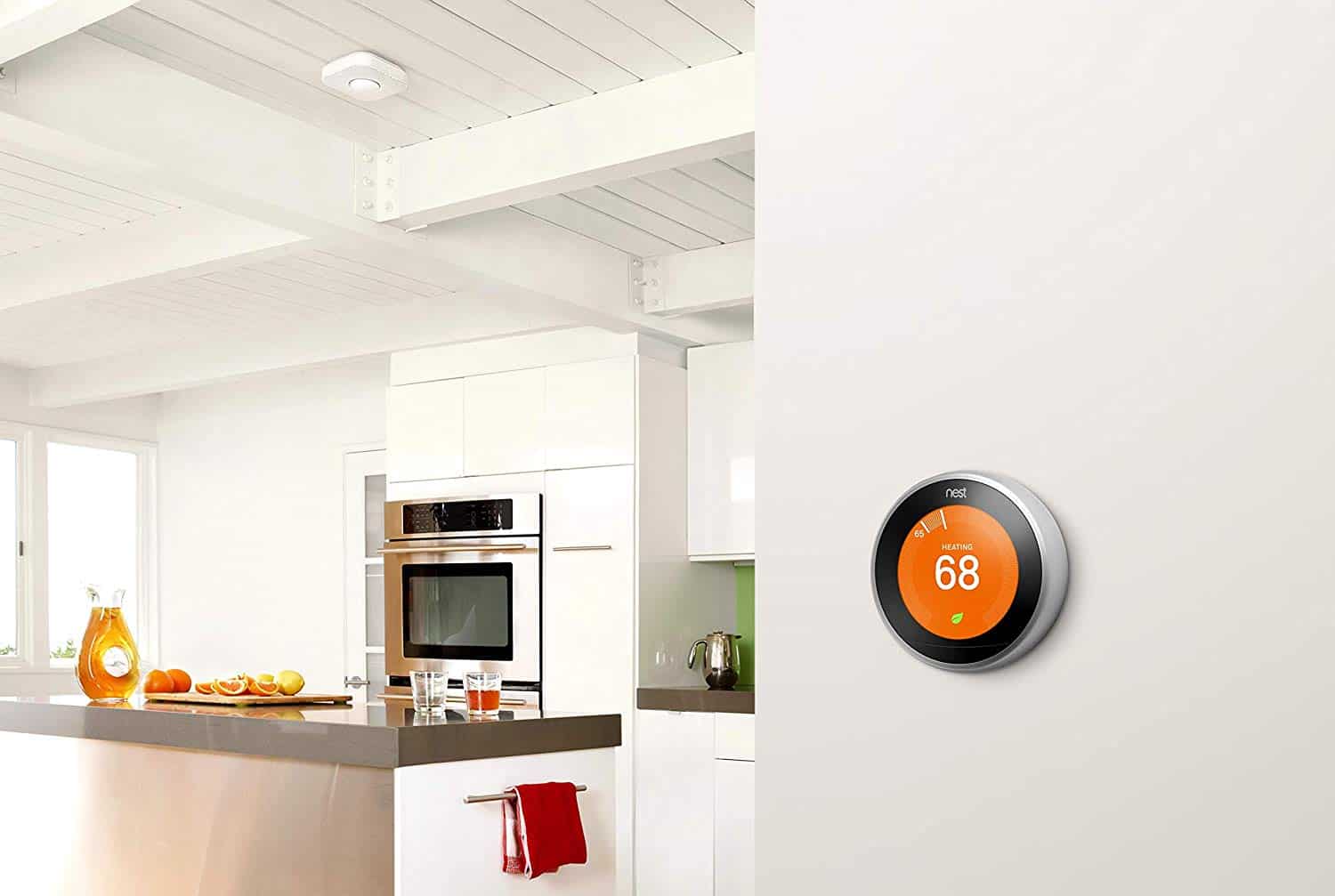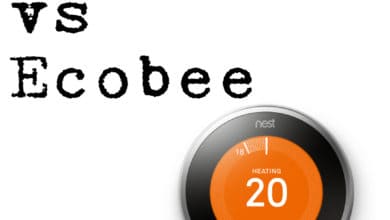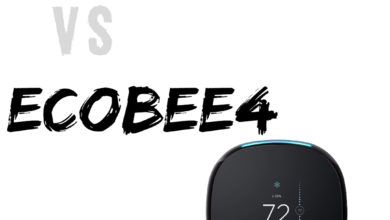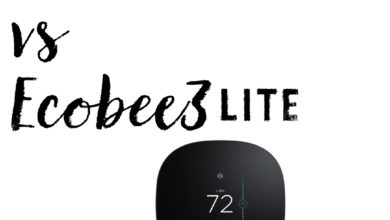Nest vs Nest E: Which one is better?
Nest is known as a leader in the smart thermostat manufacturing industry so it’s always exciting to see what they come up with. The brand recently released the Nest E thermostat model which has raised a number of questions in the market. Like most people, you probably want to know what type of features it comes with and what sets it apart from its predecessor the Nest.This article will inform you of the key differences in order to help you choose the best option for your home.
Related: Nest vs Ecobee: Which is the best brand?
Contents
1. Setup
First and foremost, let’s address the setup for Nest and Nest E. It’s incredibly important nowadays for devices to be easy to set up and use. After all, no-one has time to read through huge blocks of installation instruction text if there’s an easier alternative.
That’s why Nest has always prioritized ease of use and installation and this latest model is no different. Within minutes, you should be able to set up this thermostat and start using it practically out of the box. To show you how easy it is to set up we’re going to explore the requirements of the Nest Learning Thermostat 3rd Generation.
All Nest devices come with all the tools you need to install the device regardless of which side you pick in the Nest E and Nest 3 debate. The user manual is also well-written and easy to understand if you feel stuck in the process.
On the other hand, the Nest Thermostat E is equally easy to set up and activate. Nest has even uploaded a tutorial video that’s short and to the point to help you install the device easily. Whether you’re using the Nest vs Nest E, we found that both devices are incredibly easy to set up and use afterward.
In addition to online tutorials and clearly written user manuals, the company has a friendly and knowledgeable customer support department. They always respond quickly and professionally.
2. Design
Most people don’t consider design to be an important consideration when looking for a thermostat device. Honestly, it actually plays a huge role in how the device looks, how easy it is to install and use when comparing the Nest E vs Nest 3.
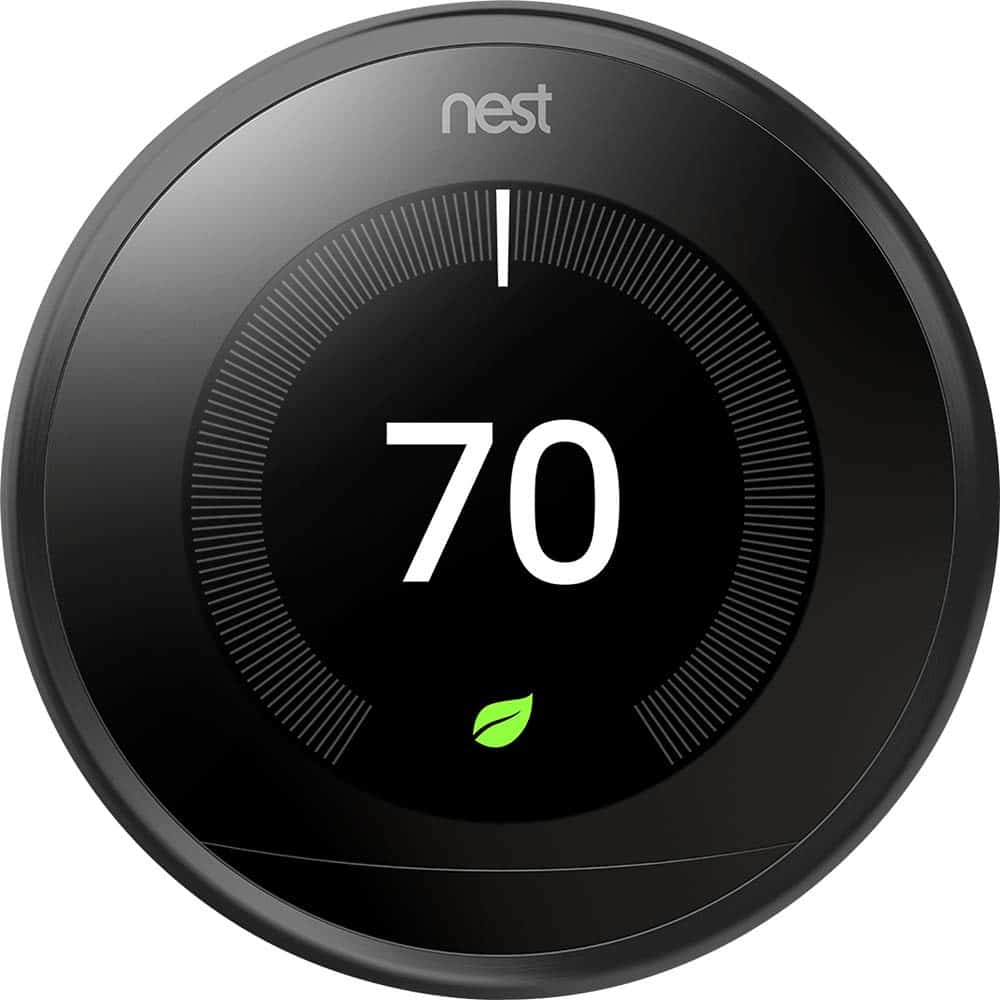
The pricier Nest 3rd Generation Learning Thermostat rightly features high-end design. It’s made of polished, heavy-duty metal and it’s available in four different finishes. Not only that, but this thermostat has a clear display, high-resolution picture and it offers clear visuals. You can use it to check the temperature, time and weather.
On the other hand, you have the Nest Thermostat E which is much cheaper and features a polycarbonate construction with a polished ceramic-like finish. It only comes in one color which is white, and the frosted display isn’t as clear as its pricier predecessor. It all depends on what you want out of your Nest thermostat device.
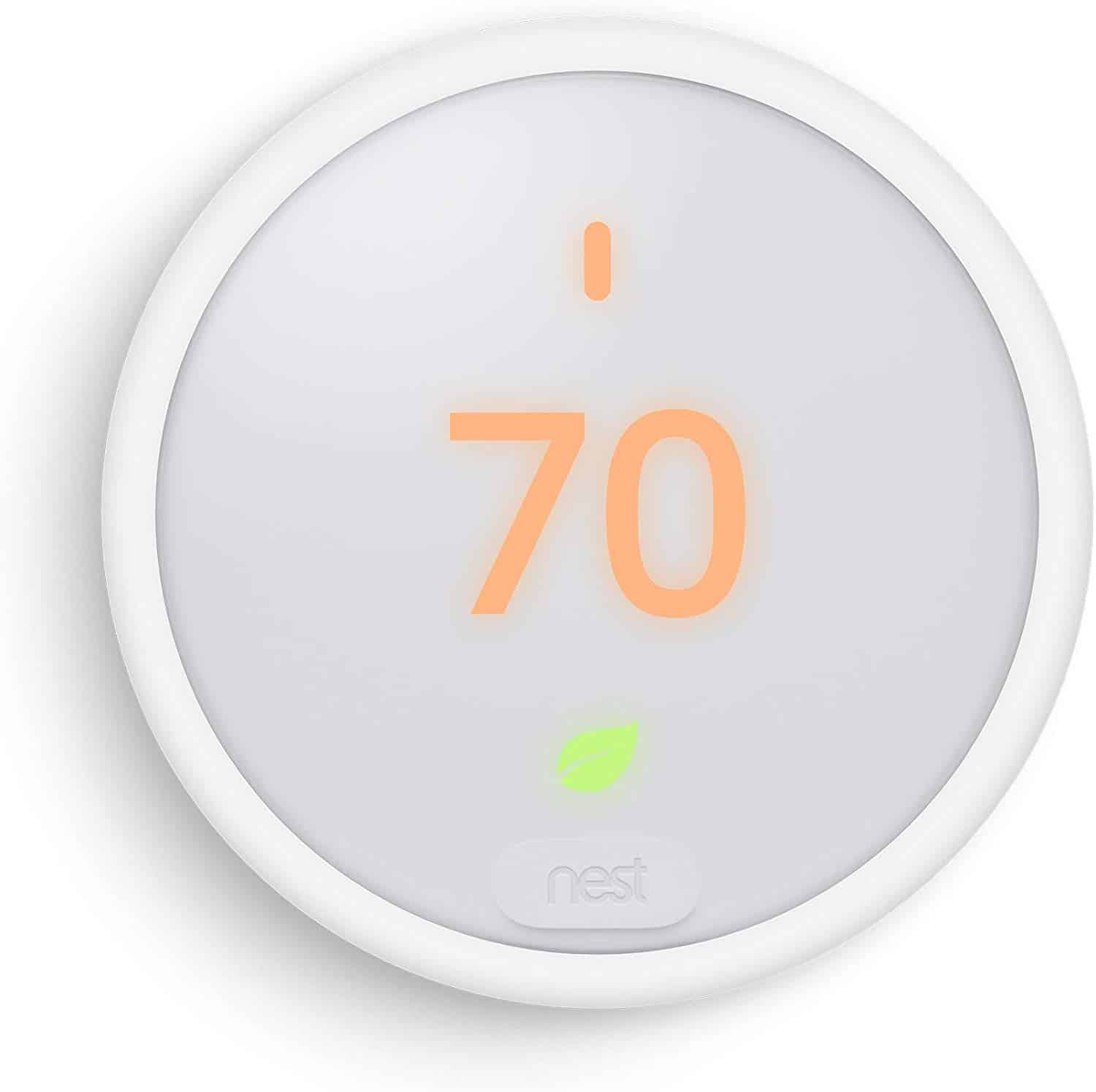
The Nest 3 can easily be mounted on a stand or on the wall. Of course, if you want a more professional installation then you should hire an installer to help you out.
The Nest Thermostat E can be mounted on a stand as well and it comes with a detachable Heat Link E that you can use to mount it on the wall if you like.
Both of these devices are battery-powered and the installation typically takes about less than an hour.
3. Control, Scheduling & Sensors
Comparing the Nest and Nest E would be incomplete without comparing features. Both thermostats offer a wider range of beneficial features. Both devices are remotely controlled or you could opt for voice command control using Alexa and Google Assistant.
Both devices have sensors that can tell when you’re not in the house and will automatically change the temperature. With Nest E, you can set schedules ahead of time so that it’s easier for it to switch between different temperatures without any help from you. Then you have the Nest Temperature Sensor, a feature that allows you to customize the temperature in each room.
Also Read: Ecobee3 vs Ecobee4: What’s the difference?
4. Farsight
However, the Nest 3 includes the Farsight feature which isn’t available on the E. This feature transforms your thermostat into a beautiful wall clock that automatically lights up when you walk past it. Whenever this happens, the device will display the time, weather and temperature details.
Although this isn’t necessarily an essential feature, it’s nice to have when you’re walking into a room and want to see these details. It can also come in handy as an alternative source of light during nighttime and it’s not so glaring that it’ll wake you up when you walk past it. It’ll light your path enough so you can walk to and from the bathroom.
5. Compatibility
When it comes to compatibility, the E is compatible with about 85% of homes, while the Nest 3 has a compatibility rate of 95%. That’s mainly because Nest 3 is compatible with a large number of systems including dual transformers, dehumidifiers, two-stage heat pumps, PTAC, and a few speed fans.
Users will be glad to know that the E is also compatible with the Heat Link E, a fabric disk that offers wireless data transmission to the device and it can easily take the place of your current thermostat. The best part is that you’ll two temperature sensors to work with.
All told, the E and Nest 3 thermostats come with all the basic features you need in a good quality smart thermostat. The main differences between Nest E vs Nest 3 is the price tag, construction and the Farsight feature, which isn’t much of a train smash for most people.
6. Third-Party Integrations
Nest is particularly known for their ability to put out innovative third-party integrations. Both the Nest 3rd Generation and Nest E offer easy synchronization with most smart home products. It’s compatible with Google Home and Amazon Alexa and can help you make the most out of both thermostats. Plus, you can control it through voice commands.
Not only that, but both options come with the “Works with Nest” initiative which means they can be connected with any other device using IFTTT.
This means you can combine the Nest 3rd Gen and Nest E with Amazon Alexa as well as other thermostats and devices using IFTTT applets. This won’t mess with functionality and both devices will work smoothly and clearly understand Alexa voice commands.
7. Companion App
The Nest mobile app is by far the best way to control these thermostats when comparing the Nest E and Nest. It’s reliable, functional and incredibly easy to use. It’s the same app that’s used to control the whole gamut of Nest devices including the Nest Doorbell, Protect, and Nest Cam. This is a really great app that’s well-designed with ease of use in mind, and it’s highly intuitive. It’s important to note that the Nest E display is slightly different from the first-generation Nest thermostats.
The E interface has the same color as the minimalistic app and you can use the app to pretty much control all aspects of the thermostat. You can make all the changes you like, delete and add different aspects as you see fit. Basically, this is a well-constructed app that’s built to withstand bugging, crashing and lagging. It’s really one of the best apps available on the market.
8. Operating and Sensing
The leading motivation for most people who purchase thermostats is that they help you monitor and regulate temperature so that your house is as comfortable as you want it to be. We found that both Nest E vs Nest are great at doing what they’re designed for and we were pleasantly surprised by the ease of use.
9. Nest Thermostat 3rd Generation
This thermostat is designed to track your schedules and preferences. It saves your habits so that over time it can offer you automated programming and easier operation. Nest 3rd Gen is particularly wired well for this and it’s one of the most advanced smart thermostats on the market.
It offers powerful performance and it’s energy-efficient to boot! It customizes its settings automatically so that it only switches on and works when you’re at home or in a particular room. This means there’s no idle use of power and the best part is that it’s compatible with most HVAC systems which means it’ll help you save money on cooling and heating costs as well.
The Nest’s efficiency can also be seen in the 1-degree temperature fluctuation which means the thermostat will only kick in when the house is 1 degree hotter or colder than you prefer. Within one week of installation, the Nest will be able to do this and so much more to satisfy your home’s temperature needs.
If you prefer manual operation, then you can always take advantage of the 7-day schedule feature which allows you to set a temperature schedule for each day of the week. Another impressive feature on the Nest is that it’s able to check outdoor weather and determine your indoor temperature based on that.
The thermostat does this by observing temperature, movement, light, and humidity. The only problem we have with this thermostat is that the sensor tends to lag every now and then, otherwise it works flawlessly.
10. Nest Thermostat E
There’s no denying that the Nest E and Nest thermostat come with similar features with the main difference being that the E is much simpler in design and functionality.
So, if you’re looking for a simple setup that doesn’t necessarily hookup to an HVAC system then you should opt for the E version. That’s because the E only features six wire terminals and it doesn’t work with the latest cutting-edge HVAC systems.
It’s worth noting that the E comes with geofencing support as well as Home/Away modes. But it doesn’t feature Farsight. However, it’ll activate ECO mode whenever it senses that there’s no one in the house, effectively saving you a ton in energy costs.
Both models are pleasant to use and easy to work with. The only jarring and noticeable difference is the Farsight feature, or lack thereof when it comes to the E model.
11. Nest 3 Pros and Cons
The Nest Learning Thermostat is one of the smartest thermostats on the market. It has the ability to monitor your behavior over time to generate temperatures that are in line with your preferences. Not only that but it offers compatibility with most voice assistants and even high-end HVAC systems. Plus, it’s constructed from high-quality materials. Otherwise, it’s almost identical in operation when compared to the Thermostat E.
Pros:
- Studies your behavior in order to generate an automatic schedule to meet your cooling and heating needs
- Features Farsight technology with sensor lights
- Compatible with Google Assistant and Amazon Alexa
- Can be used with 95% of the HVAC systems on the market
- Comes in different colors
- Made of high-quality materials
Cons:
- Pricier than the Thermostat E
12. Nest Thermostat E Pros and Cons
The Nest Thermostat E, on the other hand, is much cheaper but it also offers automatic cooling and heating after it learns your behavior. It comes with similar sensors to the 3rd generation model and it’s compatible with the same voice assistants. The only difference is that the E model is only available in one color, it’s made from inferior materials and it’s not compatible with the same number of HVAC systems.
Pros:
- Compatible with 85% of the available HVAC systems
- Works with Google Assistant and Amazon Alexa
- Studies your behavior to generate automatic cooling and heating
- Less expensive
Cons:
- Doesn’t come in different colors
- Only compatible with 85% of the available HVAC systems
Final Word
At the end of the day, the thermostat you choose will depend on your preferences in terms of price, quality, design, and variety. Thermostat E is easier on the pocket and it does the job of showing you the temperature, weather and time with great automation features.
On the other hand, Nest 3 is sturdier and compatible with most HVAC systems, not to mention that it’s energy-efficient and comes with the nice to have Farsight technology.
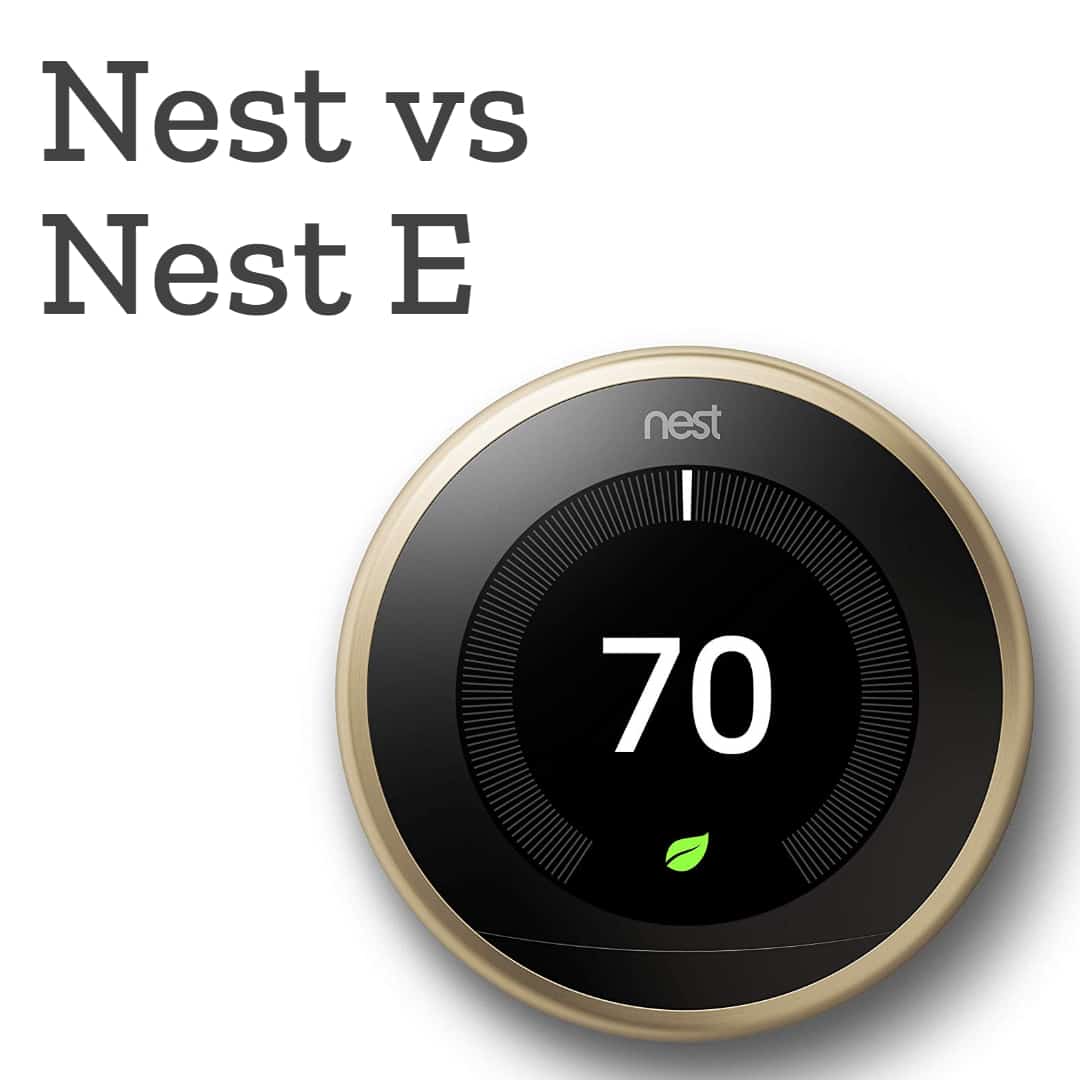
![Google Nest Learning Thermostat - Programmable Smart Thermostat for Home - 3rd Generation Nest Thermostat - Works with Alexa - [Brass]](../images/I/41t2N37M6LL.jpg)
